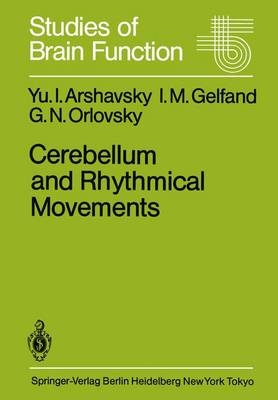After reading the manuscript, some biologists inquired why, on the basis of the broad experimental material presented in this book, we had not come up with a model describing the operation of the cerebellum. To answer this question, we decided to write a preface to our book. How the nervous system copes with the complexity of the world is one of the central problems of neurophys iology. The question was clearly formulated for the frrst time by N. A. Bernstein. Considering the problem of motor control, he pointed out that the main objective of motor coordination is to overcome the redundant number of degrees of freedom of the motor apparatus or, in other words, to diminish the number of independent variables which control the movement (Bernstein 1967). These I. M. Gelfand and M. L. Zetlin ideas were further developed by (Gelfand and Zetlin 1966). They proposed, in particular, the "non-individualized" ("non-addressed") mode of control in complex systems, where only the highest levels of the system have the full notion about the fmal task while the main "effectors" act on the basis of very limited information. These propositions were made by Gelfand and Zetlin in a very general form, but, nevertheless, proved to be fruitful in determining the direction of experimental research. For instance, the discovery of the "locomotory region" of the brain stem (Shik et al.
- ISBN13 9783642708305
- Publish Date 17 November 2011
- Publish Status Active
- Publish Country DE
- Publisher Springer-Verlag Berlin and Heidelberg GmbH & Co. KG
- Imprint Springer-Verlag Berlin and Heidelberg GmbH & Co. K
- Edition Softcover reprint of the original 1st ed. 1986
- Format Paperback
- Pages 166
- Language English
